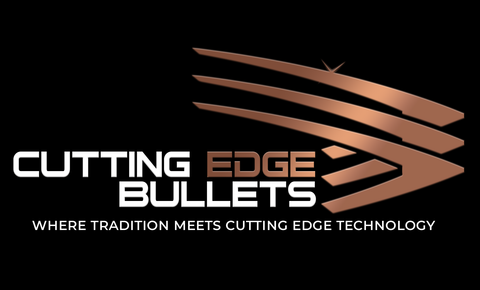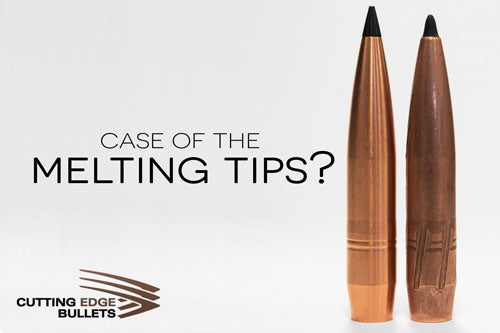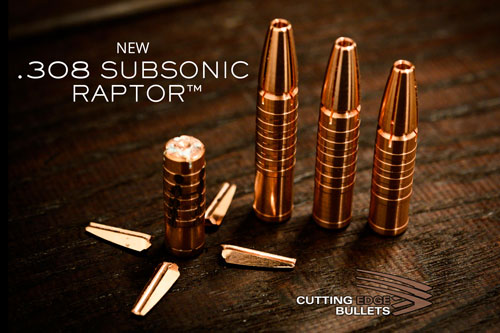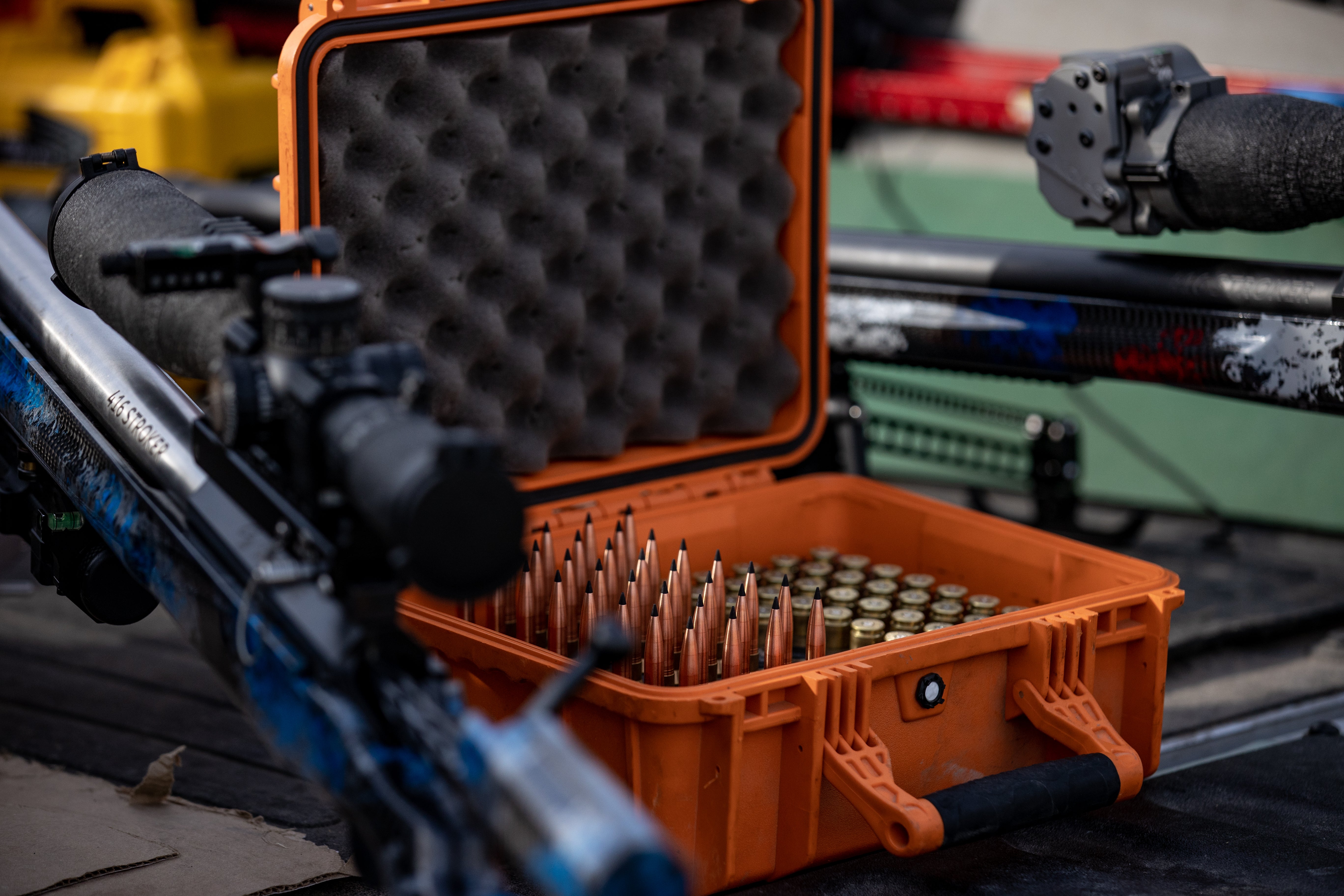Case of the Melting Tips?
Tips melting off in flight? This can be bad news. Take a look at what we found from the recovered bullets Paul Phillips of team GPG shot at a 6,012 target.

There is a lot of talk about ballistic tips melting during flight. In fact, one of the most asked questions about our LAZER line is whether or not our tips melt.
Tips melting during a bullets flight can greatly decrease its ability to maintain stability and BC during flight. This is especially crucial when long range shooting, so we can understand the concern.
We always said the tips on our bullets do not melt. We gathered this information upon retrieving bullets at 1000yds and seeing no deformity. Another great indicator is the level of predictability that our bullets have when shooting at long distances. Our Lazer line has extremely consistent BC numbers (within .005) which is a large part of the reason they were the only bullet to hit the 2 mile target at the King of 2 Miles this past year. They would not be able to accomplish this consistency if the tips were melting in flight.
Despite all of this, we had a scare the weekend before SHOT show…
The weekend of January 19th, sponsored shooter and Team Global Precision team member Paul Philips set out to shoot 3 miles in Las Vegas. 6,012yds to be exact. Paul did end up getting an impact which is a monumental feat! Special congrats to Paul!
After they were done shooting, John Baker, owner of TACOMHQ, recovered 8 of the bullets from the sand around the 6,012yd target. When he showed them to us, the appearance of the bullets were concerning. The tips were definitely deformed, which made us think maybe they were, in fact, melting. We have to be honest and say we were incredibly panicked.
Upon returning to our manufacturing facility, owner of the company, Daniel Smitchko, looked at two of the recovered bullets that were given to us under the microscope. The conclusion was that they were definitely not melted, but were deformed from impacting the abrasive sand. As you can see in the photo, the radius of the copper where the plastic tip inserts is extremely rounded out in comparison to the never fired bullet.


Flight would not cause the copper to erode in any way, and this could only happen upon impact. If the tips were melting, the copper would not be deformed, and the tip would be. You will notice that the tip is more deformed than the copper, but this is because the plastic is obviously much softer than the copper. The scratches covering the body were also an indicator that the abrasive sand caused a good amount of erosion.
We can’t speak for other manufacturers bullets, but we do know that our tips do not melt, and these recovered bullets are solid evidence of this finding.
Special thanks to John Baker for digging up the recovered bullets!




